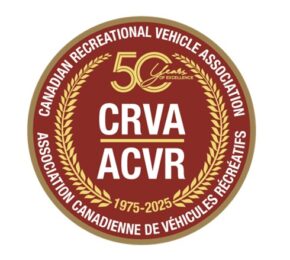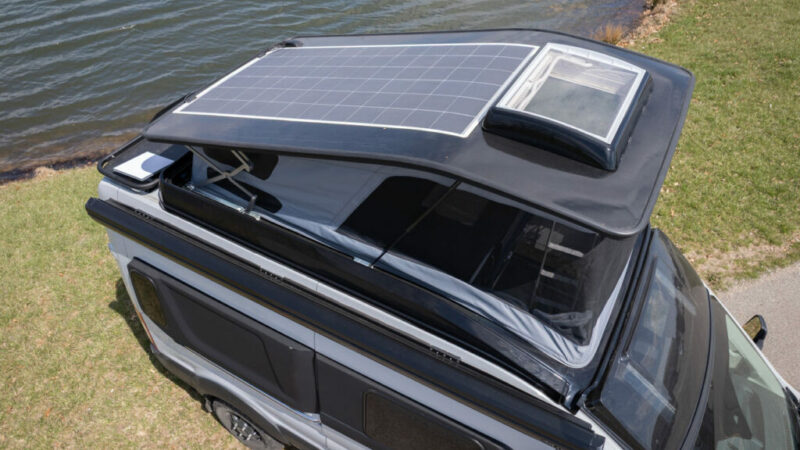Basic Off-Road Mechanics
Basic Off-Road Mechanics
A Special Feature from Colt Fetters
When heading overlanding or off-roading, it’s important to be prepared. This means not only having food and cold beer in the fridge but having the right gear in case of an emergency. If you get stuck with a breakdown in the middle of nowhere, it can be an expensive tow, so having a basic knowledge of mechanics can be a lifesaver – or at least be a little easier on your wallet until you get home.
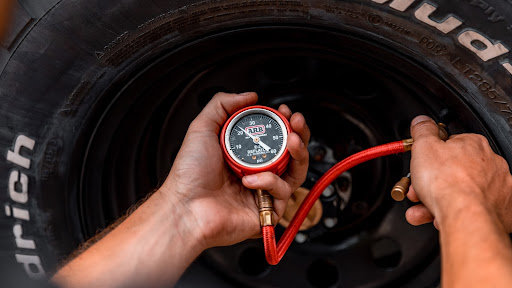
Tools to Take
To be able to do any repairs on the road, you’ll need some tools. While it can be easy to just pack every tool you have, it can quickly become overkill, especially when you have limited space and weight. If you’re travelling with another truck or two, it can be a good idea to have a chat before you go and decide who is taking what tools so you avoid doubling up – this also helps disperse the weight of the tools and supplies among the group.
When deciding on essential tools, versatility is important, and having tools that serve multiple functions is critical. A few tools we’d suggest include adjustable wrenches, vice and multi-grips, pliers, screwdrivers, a voltmeter, tire levers, a hammer, and a file. Multitools, such as a Leatherman, can also be handy and a compact way to always keep multiple tools on you.
Soldering tools are another handy bit of kit to have, should you need it. These days taking power tools on the road is easier than ever. With cordless tools becoming more popular, you can charge your rechargeable batteries and use them with a whole range of power tool skins.
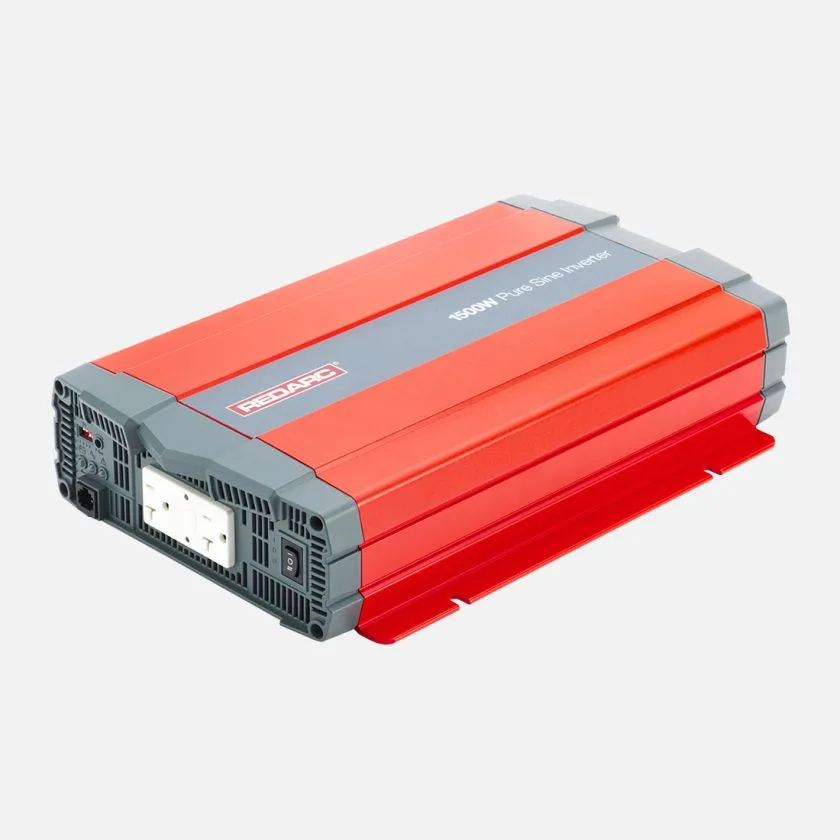
Having a Pure Sine Wave Inverter (like this one from REDARC) in the back of your rig means that you can plug your regular power tool battery charger into the mains socket, making taking power tools on the road much easier.
What About Spare Parts?
Along with tools, it always pays to carry a variety of spare parts for your truck. A good start when deciding what spare parts to take is to get an inspection done during your vehicle’s service and use that to decide what parts may cause you problems. The length and nature of your trip also have an impact on which spare parts you should take. A few essential spare parts that you should always have on hand are a mix of nuts and bolts, spark plugs and leads, a fan belt, air filters, and radiator hoses. If you’re heading on a longer or more intense off-road trip it also pays to take some larger spare parts, such as spare CV joints, just in case.

Recovering your Rig Safely…
Having recovery gear is pointless if you don’t know how to use it. This a simple tip but something many people overlook when packing their recovery gear, which often leads to badly done and dangerous recoveries. The main thing to remember when looking to undertake a safe recovery is to not panic and take your time. Unless the tide is rapidly rising, you should take plenty of time to get out, have a look at the situation and make a judgment on how to best recover your vehicle.

A good first recovery step – especially if you’re bogged – is to reduce your tire pressure, dig around the vehicle and see if you can use traction boards such as MaxTrax or rocks and a bit of pushing to get yourself unstuck. If this doesn’t work, a snatch strap recovery is often the next step. Before using a snatch strap, you need to ensure it’s rated for the weight of your vehicle. When attaching it to your rig, make sure it’s looped through a strong recovery point, not just a tie down or the towbar.
The most important thing to know when using a snatch strap is that they’re not infallible and can break, so stay well back as if they do break, they can fly at speeds up to 250 miles per hour. If it’s your first time off-road it pays to have someone who knows how to recover a vehicle or take an off-road driving course before you go, these can be handy in teaching you the ins and outs of recovery so both you and your rig get home safely.
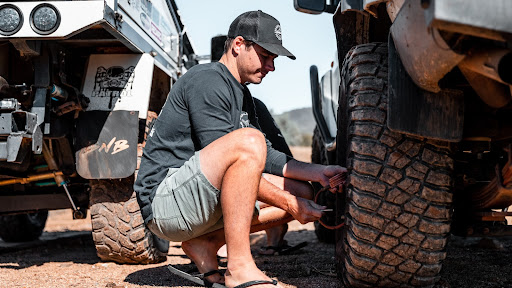
Fixing a Flat
While it’s a skill many people take for granted, knowing how to change a tire on the road is a simple thing that can save you a lot of trouble in the long run. There are seemingly endless tutorials and videos online that can walk you through the process of changing a tire, and if you’ve never done it before, it’s an easy one to practice in your garage before you set off.
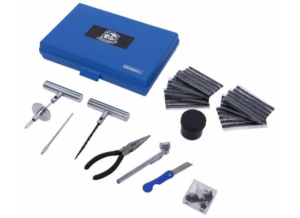
If you’re heading off-road for more than a few days or into some particularly rough terrain, it can also be handy to know how to plug a tire should you get multiple punctures. A tire puncture repair kit is a good bit of gear to have with your tools, and if you know how to use it, makes fixing the puncture easy. An important thing to note when repairing a tire is to not attempt a repair on a tire with signs of structural damage – either internal or external – including sidewall bulging, ply separation, exposed belts, or cracks.
Reviving a Dead Battery
A dead engine battery is often the quickest way to a very expensive tow – or worse, an abandoned car – when you’re off-road or overlanding. Thankfully, if you’ve got the right gear, it’s an easy fix. There are three options when it comes to jump-starting your car; jumper leads, a portable jump starter, or a properly wired dual battery setup.
For many, jumper leads are the easiest and most obvious option. The only downfall of this option is that you will need another vehicle to jump-start from. They work by connecting the red positive lead on the dead battery to the positive terminal on the good battery, then doing the same with the black negative lead. From there, you simply start the working car, allow it to run for a few minutes, and then start the dead car. When it’s alive again, it’s crucial to remove the cables in the reverse order that you attached them (negative first) and never let the cables or clamps touch.
If you’re planning to travel alone, a portable jump starter is the way to go. A portable jump starter works in a similar way to jumper leads by connecting the red clamp to the positive terminal and the black to the negative. All you then have to do is press a button and start your car. As simple as that, you’re back on the road!
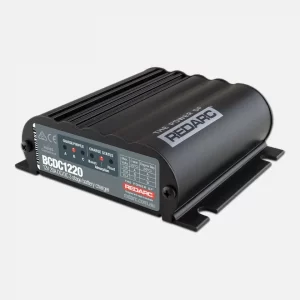
If you have a dual battery setup in your vehicle, you can also wire this up so it can jump-start your vehicle if needed. To do this you will need a BCDC In-Vehicle Battery Charger, a secondary battery, and a Smart Start Smart Battery Isolator. This setup not only allows you to charge your auxiliary battery but gives you peace of mind in case of a start battery failure.
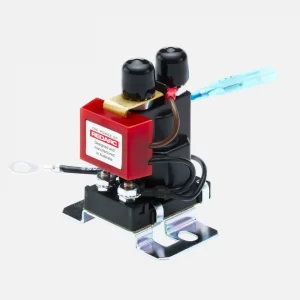
While it always pays to have your vehicle serviced before you go on an off-road trip, knowing a few simple 4WD fixes can save your life and your wallet should you get into a bit of trouble. It always pays to travel with at least one other vehicle because, when it comes to an emergency fix, the more knowledge the better. For more information on installing a capable 12V system check out Shaun Whale’s dual battery setup.
Stay tuned for more off-road columns – it’s going to be an exciting season on the back roads to adventure!


